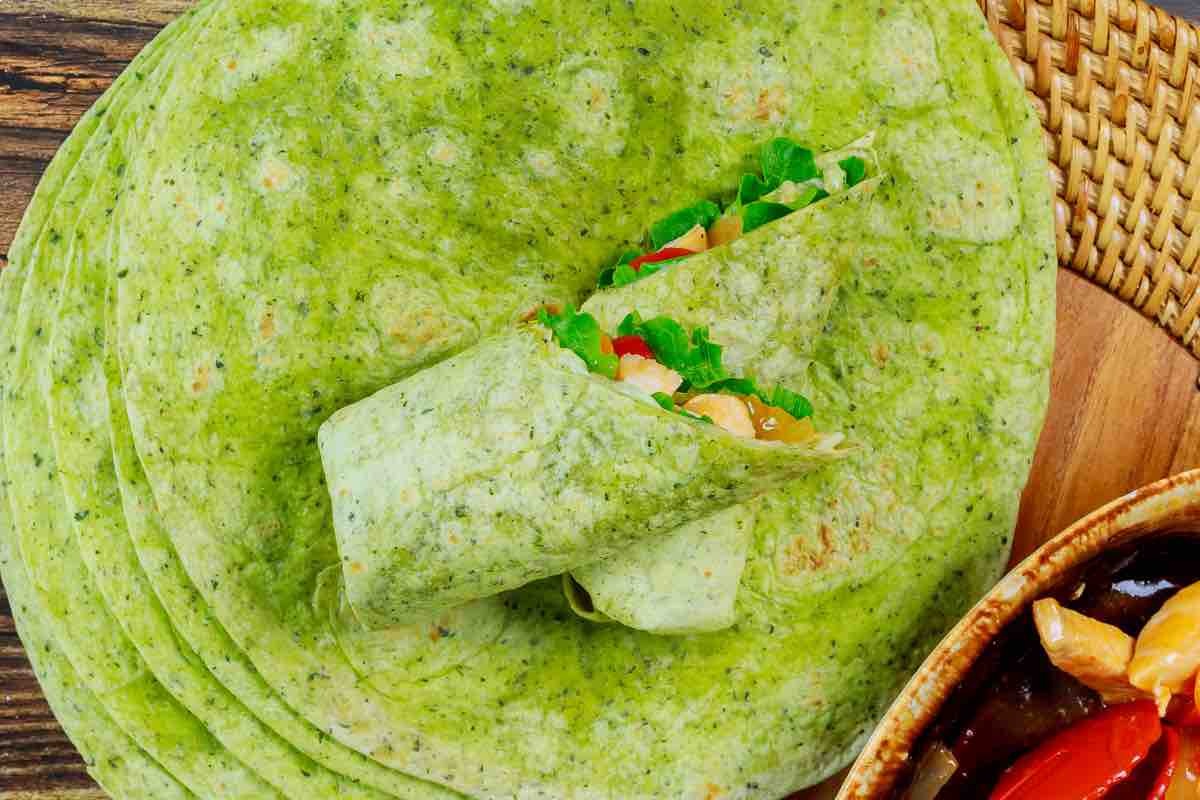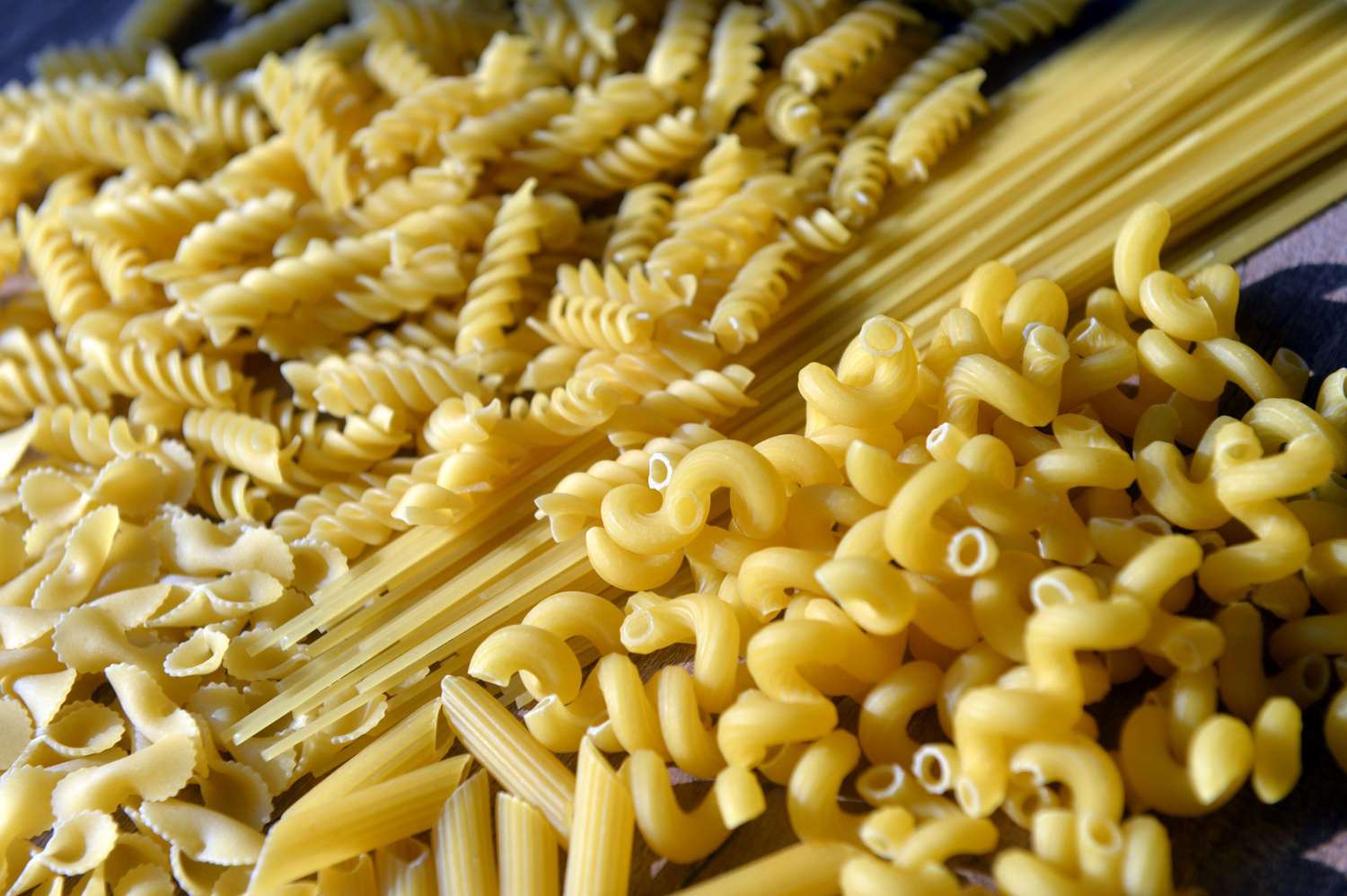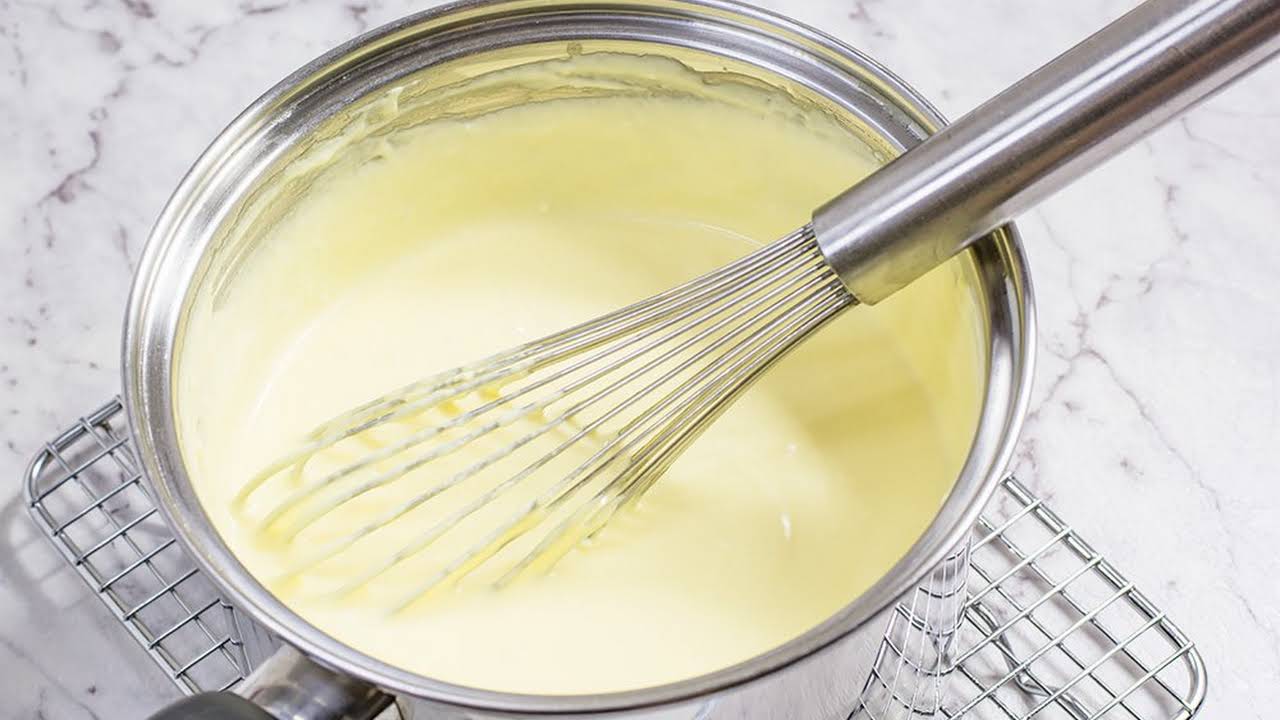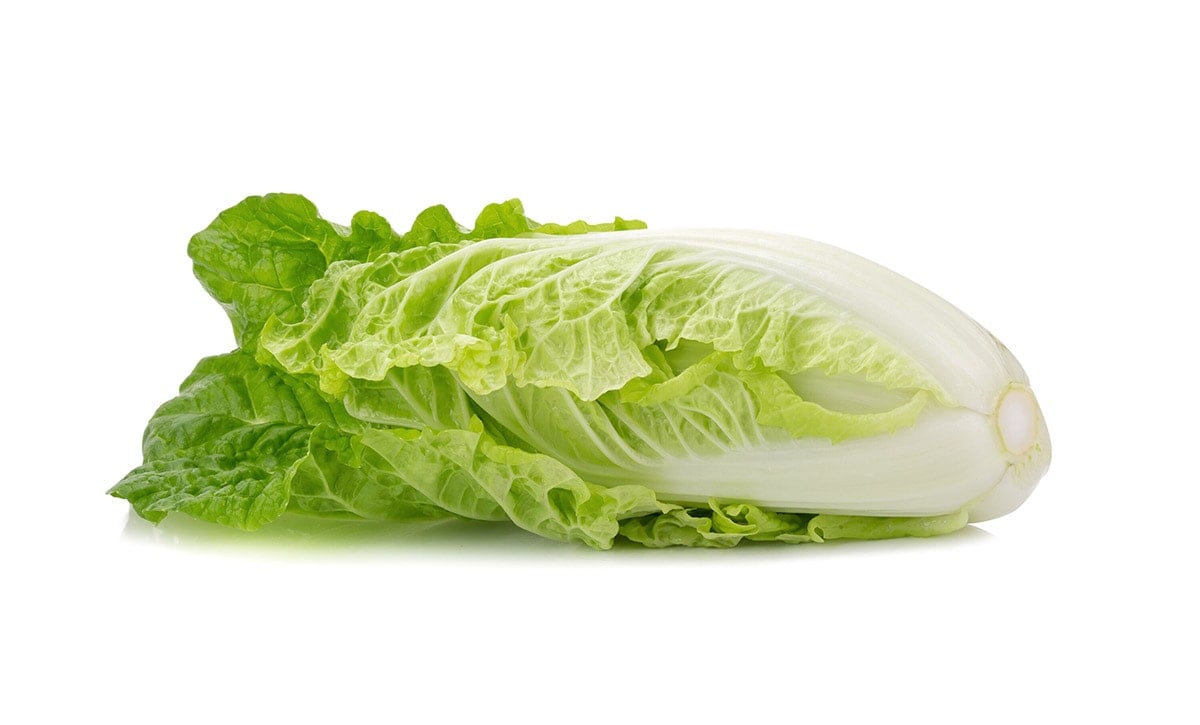The Battle of Condiments: Mayo vs. Salad Dressing
When it comes to condiments, there are a plethora of options to choose from. Two popular choices that often find themselves side by side in the refrigerator are mayonnaise and salad dressing. While they may look similar and serve similar purposes, there are some key differences between the two.
Mayonnaise: The Creamy Classic
Mayonnaise is a thick, creamy condiment that is made from a combination of egg yolks, oil, vinegar or lemon juice, and seasonings. It is known for its rich and velvety texture, making it a versatile addition to a wide range of dishes. Whether it’s used as a sandwich spread, a base for dressings and dips, or as a binding agent in salads, mayonnaise is a staple in many kitchens.
Salad Dressing: The Flavorful Emulsion
Salad dressing, on the other hand, is a more general term that encompasses a variety of dressings used to flavor and enhance salads. These dressings can be oil-based, vinegar-based, or creamy, and they come in a multitude of flavors and varieties. Some popular types of salad dressings include ranch, vinaigrette, thousand island, and Caesar.
The Key Differences
While both mayonnaise and salad dressing can add creaminess and flavor to dishes, there are some distinct differences between the two:
- Ingredients: Mayonnaise is typically made from egg yolks, oil, and vinegar or lemon juice, while salad dressings can vary widely in their ingredients, often including a combination of oil, vinegar, herbs, and spices.
- Texture: Mayonnaise has a thick and creamy texture, whereas salad dressings can range from thin and vinaigrette-like to thick and creamy, depending on the type.
- Usage: Mayonnaise is often used as a spread or a binding agent in dishes, while salad dressings are specifically designed to flavor and dress salads.
Choosing the Right Condiment
When deciding between mayonnaise and salad dressing, it ultimately comes down to personal preference and the specific dish you are preparing. If you’re looking for a creamy and rich addition to a sandwich or a salad, mayonnaise may be the way to go. On the other hand, if you’re aiming for a lighter, tangy flavor to complement your greens, a salad dressing would be the better choice.
Both mayonnaise and salad dressing have their rightful place in the culinary world, and understanding their differences can help you make the best choice for your next culinary creation.
So, the next time you’re faced with the decision between mayo and salad dressing, consider the flavor, texture, and intended use to make the perfect choice for your dish!
Was this page helpful?
Read Next: What Is Porridge?











